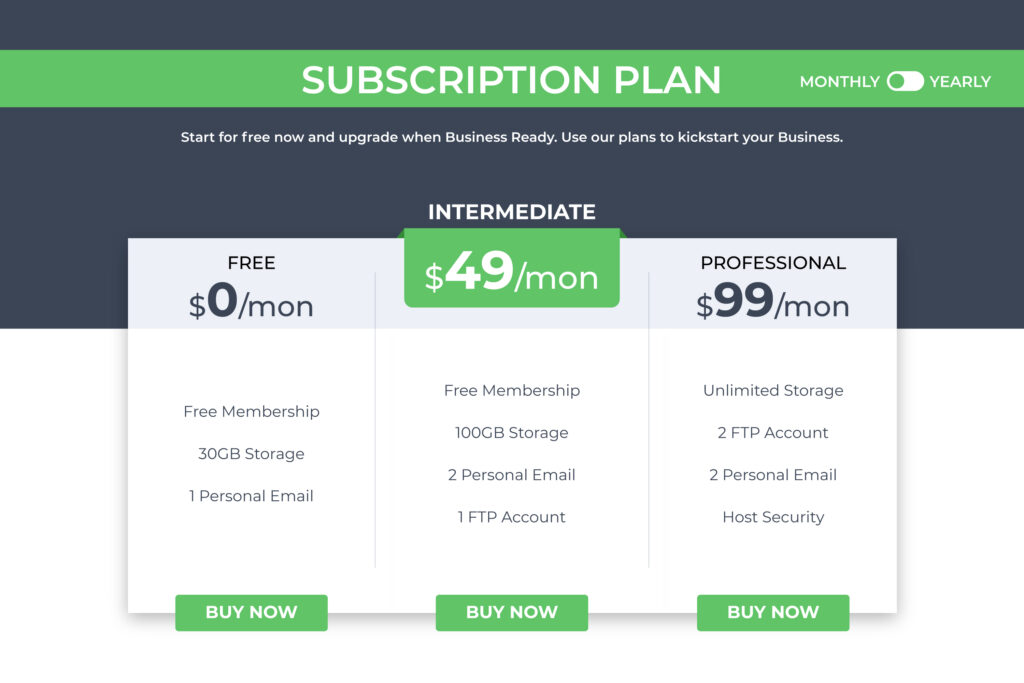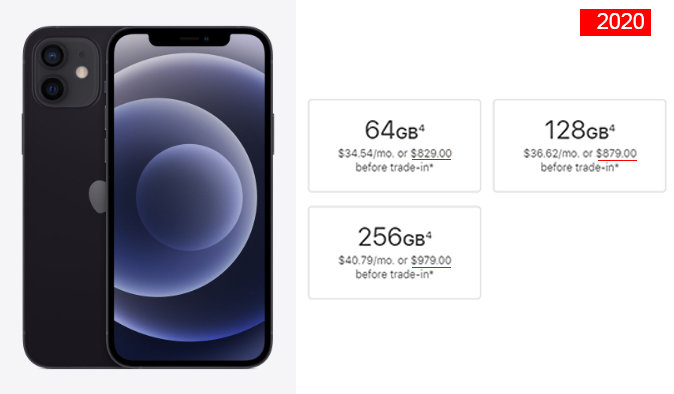In the competitive world of ecommerce, finding effective pricing strategies is crucial for retail storeowners to thrive. One such strategy that has proven successful for many businesses is price skimming. This article aims to provide ecommerce storeowners with a comprehensive understanding of price skimming, its definition, and examples of its implementation in the retail sector.
What is Price Skimming?
Price skimming is a pricing strategy wherein a business sets an initially high price for a product or service and gradually lowers it over time. This approach targets early adopters and price-insensitive consumers who are willing to pay a premium for the novelty, exclusivity, or unique features of a product. As the demand from this segment diminishes, the price is progressively reduced to attract more price-sensitive customers.
Advantages of using Price Skimming in Ecommerce
Capitalize on Early Adopters
Price skimming allows ecommerce businesses to maximize profits by capitalizing on the willingness of early adopters to pay a premium for new or innovative products. These customers are typically less price-sensitive and are eager to be the first to experience a unique offering.
Enhance Perceived Value
By initially setting a higher price, businesses can create a perception of exclusivity and premium quality among consumers. This can result in an increased perceived value of the product, further enticing customers to make a purchase.
Recover Research and Development Costs
Price skimming can be especially beneficial for ecommerce businesses that invest heavily in research and development. By setting higher prices initially, these companies can recoup their R&D costs more quickly before competitors enter the market.
Disadvantages
While price skimming can be beneficial, there are a few drawbacks to consider:
Limited market reach
High initial prices may deter price-sensitive customers, limiting market penetration and potentially slowing revenue growth.
Competitive response
Competitors may enter the market with lower-priced alternatives, intensifying competition and eroding the initial advantage of higher pricing.
Perception of overpricing
Setting high prices may lead to a perception of overpricing if the perceived value doesn’t match the premium price, potentially damaging the brand’s reputation.
Potential for price erosion
Lowering prices over time to attract price-sensitive customers can erode profit margins if not carefully managed.
Timing and competitors
Success depends on well-timed product launches, as competitors introducing similar products too soon can diminish the strategy’s effectiveness.
Examples of Price Skimming
Apple Inc.
Apple is renowned for implementing price skimming with product launches. When introducing a new iPhone or other Apple devices, they set the initial prices at a premium level. This strategy enables Apple to generate substantial profits from early adopters before eventually reducing prices to target broader customer segments.
Luxury Fashion Brands
Various luxury fashion brands utilize price skimming to maintain their exclusive appeal. They set high prices for new collections or limited-edition items, attracting wealthy customers who value prestige and uniqueness. As demand wanes, prices are gradually lowered to attract a wider customer base.

Gaming Consoles
Electronic gaming consoles like the PlayStation and Xbox often adopt a price-skimming strategy. Upon release, these consoles are priced higher due to the anticipation and demand from dedicated gamers. Over time, the prices gradually decrease, making the consoles accessible to a broader audience.

Software Subscriptions
Ecommerce platforms offering software subscriptions often employ price skimming techniques. They initially launch their products with higher pricing tiers targeting businesses or power users who are willing to pay more for advanced features. Over time, lower-priced options are introduced to cater to a wider range of customers.

How to Implement Price Skimming in Ecommerce
To effectively implement the pricing strategy in your ecommerce business, consider the following steps:

1. Understand Your Target Market
Identify the segment of consumers who are more likely to be early adopters and are willing to pay a premium for unique or innovative products.

2. Set an Initial High Price
Determine the optimal initial price based on market research, competitive analysis, and the value proposition of your product. Ensure the price reflects the exclusivity and perceived value you aim to convey.

3. Leverage Marketing and Promotion
Craft compelling marketing campaigns to communicate your product’s unique features, benefits, and exclusivity to early adopters. Utilize social media, email marketing, and influencer collaborations to create buzz and build anticipation.

4. Gradually Lower Prices
Monitor market response and gradually reduce prices to attract price-sensitive consumers. Analyze customer behavior and adjust the pricing strategy accordingly.
Conclusion
Price skimming is a valuable pricing strategy for ecommerce store owners looking to maximize profits, capitalize on early adopters, and create a perception of exclusivity for their products. Price skimming has its drawbacks, including limited market reach, competitive responses, perception issues, potential price erosion, and timing challenges. By considering these factors and adapting pricing strategies accordingly, ecommerce businesses can leverage price skimming effectively to maximize profits and gain a competitive edge.
By understanding the principles of price skimming and learning from successful examples in the retail sector, ecommerce businesses can effectively implement this strategy to unlock their profit potential and gain a competitive edge in the market.
Want to take control of your price points?
With the power of Price Monitoring, you can find, receive, and analyze pricing data with the click of a few buttons.


